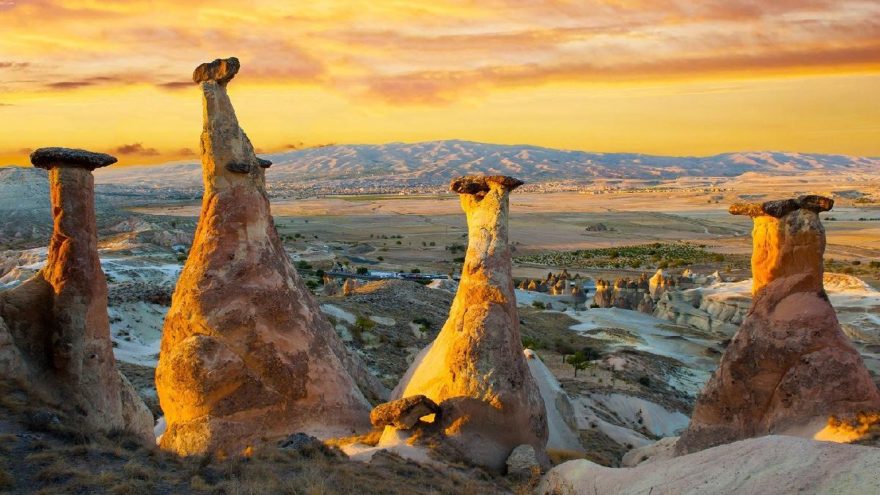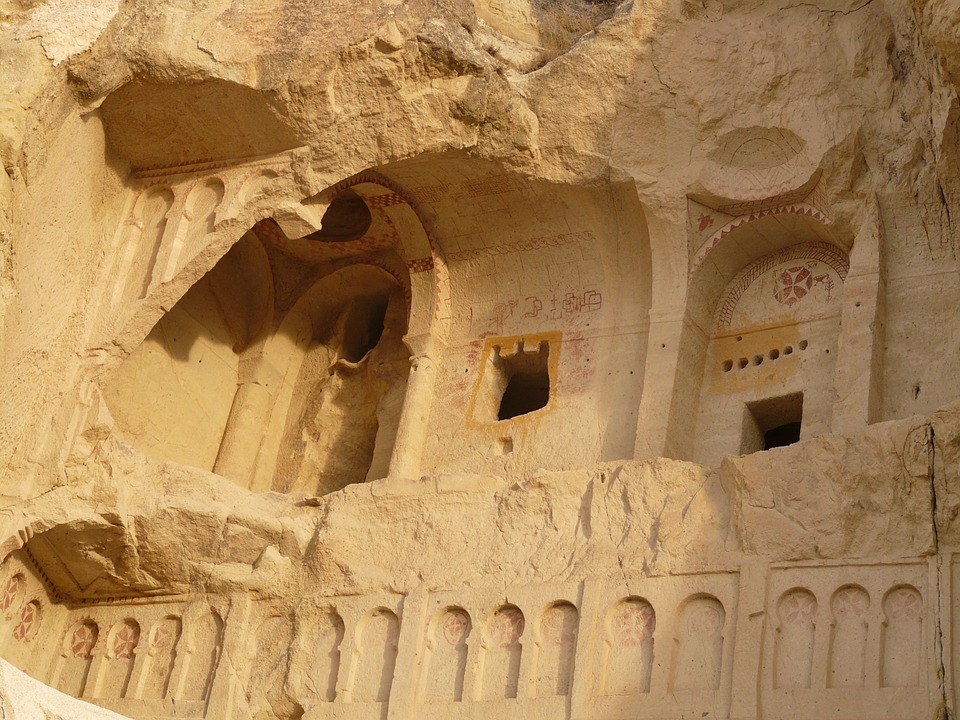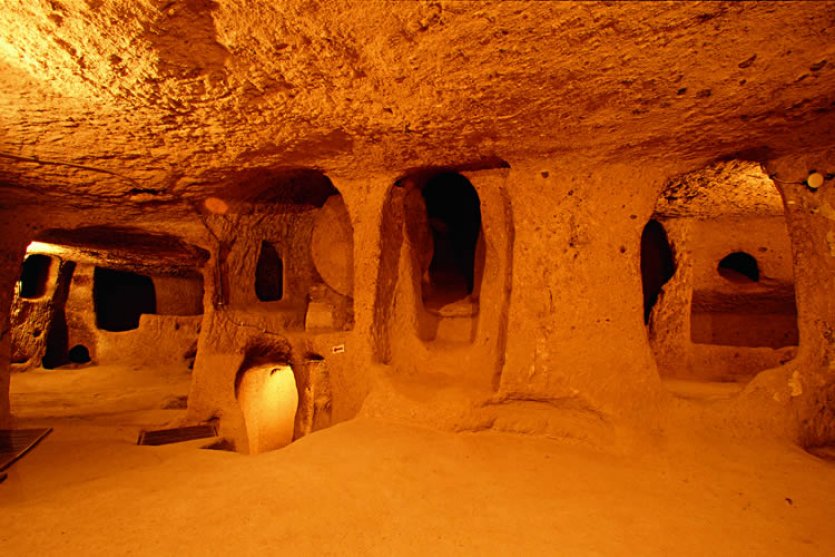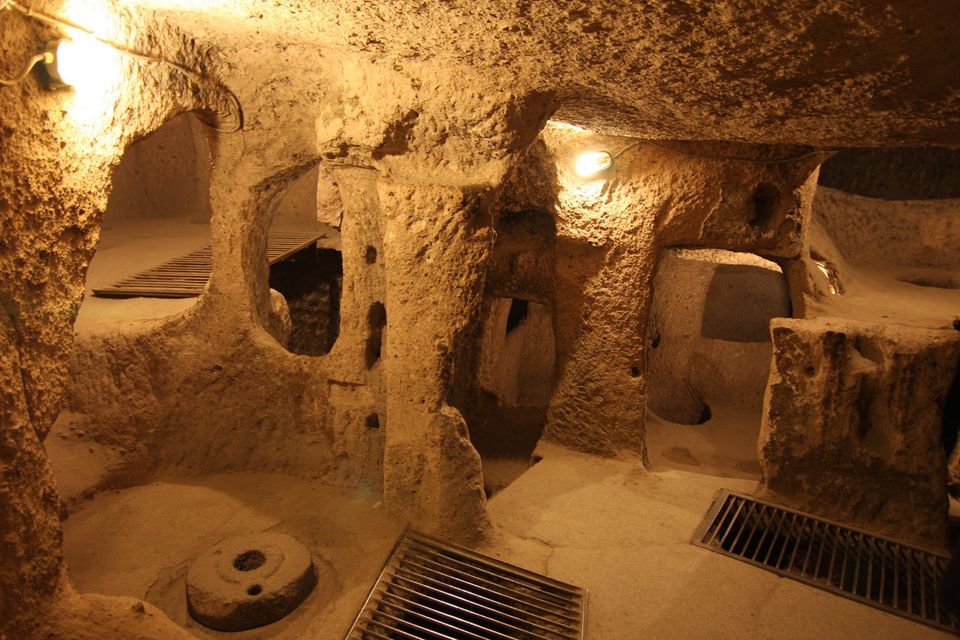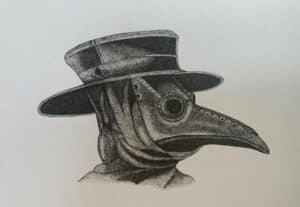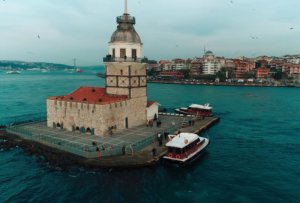Fairy Chimneys, one of the most essential natural beauties of the world, have been causing an influx of tourists to the Cappadocia region in recent years. Due to Turkey’s young geological structure, Fairy Chimneys are found in many provinces. In this article, we take a geographical and historical journey to Cappadocia, the most popular of the Fairy Chimneys.
Fairy Chimneys: Sculptures of the Strong Wind
The region called Cappadocia, where the Fairy Chimneys emerged, a natural wonder that has been going on for 60 million years and still continues, has an area covered with lakes about 12 million years ago. The eruption of many active volcanoes such as Erciyes Mountain, Güllü Mountain, and Hasan Mountain 10 million years ago during the geological periods when the earth was quite dynamic compared to these times paved the way for the formation of Fairy Chimneys.
It takes a little more time to take its current shape. Namely, lava erupting from volcanoes flows towards plateaus, lakes, and streams, boiling ashes cool over time and become tuff layers, forming rocks called tuff. These plateaus, shaped by the main volcanoes, are constantly changing with the eruption of small volcanoes.
After the lakes dry up, the tuff layer rises to the surface. As a result of the erosion of streams, lakes, and wind over time, today’s fairy chimneys appear.
Where did the hats come from?
Andesites (stones), which have a complex and thick structure formed in the land where the volcanic tuffs are stratified, come to the surface of the ground as a result of the erosion of the floodwaters. The land where the fairy chimneys are formed is an area with both sloping and steep slopes. The floodwaters find their way on these slopes, causing the hard rocks to crack and break.
The tuff layer, which is well eroded over time, takes the appearance of today’s fairy chimney, while the layer under the andesites is less eroded. Because andesites have a very rigid structure, they compress the tuff underneath. Here, these andesites become the hats belonging to the fairies by staying well above the wind as the tuff layers are eroded! This is how conical-shaped bodies that are protected from wear come into existence.
History of Fairy Chimneys
In ancient times, the region covering the provinces of Nevşehir, Kırşehir, Aksaray, Niğde and Kayseri was called Cappadocia. Cappadocia takes its name from the Persians’ word Katpatukya, which means “Land of Beautiful Horses.” Now, we call the region Cappadocia where the fairy chimneys are located, namely the touristic region with narrow and rocky terrain such as Uçhisar, Göreme, Avanos, Ürgüp, Derinkuyu, Ihlara, Kaymaklı.
The known history of this region goes back to the Paleolithic Age. Its written history begins with Assyrian merchants establishing colonies in Kayseri. A deep-rooted history stretched from Hittites to Phrygians, Hellenes, Persians, Romans, Byzantines, Seljuks, and Ottomans.
How did the Fairy Chimneys become a living space for people?
As people living in ancient times discovered the unique nature of Cappadocia, they realized that it is not hard rocks but could be processed easily. For years, they have carved the inside of these soft volcanic rocks to build houses, doors, windows, churches, and even pigeon nests. They build villages along the valleys.
In order to defend their villages, they build the skyscrapers of the period, six-story rock-solid castles. In short, they become a society. Between the 9th and 12th centuries, large churches were built on these rock columns by the Byzantines. In some columns, there are not one but two churches.
So who are these natives of Cappadocia?
According to the researches, the early Christians who changed their religion under the influence of St. Paul (Saint Paulus) retreated to the Fairy Chimneys in the Cappadocia region. Christians who settled in this region 400 years after the death of Prophet Jesus lived here for a long time.
The attacks of Roman Emperors Diocletian and Julianus on Christians accelerated the urbanization of this region. Because the people fleeing from oppression and war always carve down the city with the help of a sharp flint; rooms, shelters, places of worship, wine houses, kitchens, and, as a result, underground towns appear. However, we do not have clear information about other communities living in these cities. The underground settlements, which have been continuously expanded due to the change in the communities in the region and the increase in the population, take their present form by destroying all the archaeological traces of the previous cultures.
The most interesting cultural wealth of Fairy Chimneys: Underground Cities
There are nearly 300 underground cities in the Cappadocia region. When the structure of these underground settlements is examined, it is understood that they were built for security purposes. Almost every house in the region is connected to the underground cities by secret passages. Various traps have been set up around them to prevent foreigners from finding these passages! In order to make it difficult for the enemy to use these roads, the labyrinth-like tunnels are carved both in narrow, long, and low structures.
Unlike the security measures in other underground cities, in Özkonak Underground City, the hot oil is poured on the mortar stones to pour on the enemy; small holes are drilled in order to be able to hit with arrows and spears. As the underground rooms were needed, new rooms were carved, corridors and passages increased, and thus underground cities were formed.
Kaymaklı: An underground city that is a wonder of nature and archeology
The formation of Kaymaklı Underground City, one of the best-known underground cities, takes thousands of years. Deep down, this city is being built by quickly carving the soft tuff in the volcanic terrain. This city, which has hosted different tribes and communities at other times, has been used to shelter people fleeing wars, diseases, and oppression for thousands of years.
The fact that there are many storehouses in the city shows that a large population lived here. The constant temperature underground ensures that food is kept intact in these supply stores. According to the measurements, the temperature in these warehouses shows 20 degrees Celsius in the summer and winter months.
The doors of the supply warehouses open to the kitchens, the doors of the kitchens to the streets, and the doors of the streets empty to the houses, churches, and other living spaces. A granite stone found only in Kaymaklı is thought to have been used for grinding spices in the kitchen, but later archaeological studies reveal that this stone was used for mineral ore enrichment.
The part of Kaymaklı Underground City, which is open to visitors, consists of only 4 floors and is thought to constitute only 5 percent of the entire city. The rest of the town is covered with stones, sand, and rubble, accumulated over the centuries.
Fairy Chimneys legends: Telling never ends
According to one of the legends that the people there based on oral tradition, the terrible giants living in the region were at the height of the mountains. When people were angry, they would send flames from the tops of the mountains to the villages. The people were careful not to anger the giants. One day, the way of the sultan of the fairyland fell to Cappadocia. The sultan, who was very upset about the situation of the people here, called all the fairies for help.
With snow and ice in their hands, the fairies attacked the places where the giants were throwing fire. Finally, they managed to put out the fire of the mountains. Thereupon, the frightened giants fled underground and never appeared again. People settled in the caves they carved into the rocks, and the fairies settled in the hats on the tops of these rocks and lived amicably.
According to another whispered legend, thousands of years ago, a great warrior kidnapped the king’s daughter, whose love he died for. Together with the girl, they hide in the Cappadocia region, in the valley. The king’s finest men and his army, along with the warrior’s enemies, come to the valley to find the girl. The warrior prays for a miracle to happen, and the miracle happens. God helps the warrior, turns the army to stone. Seeing this, all the enemies run away. The shadow of the soldiers with hats turned to stone is still in Cappadocia.



